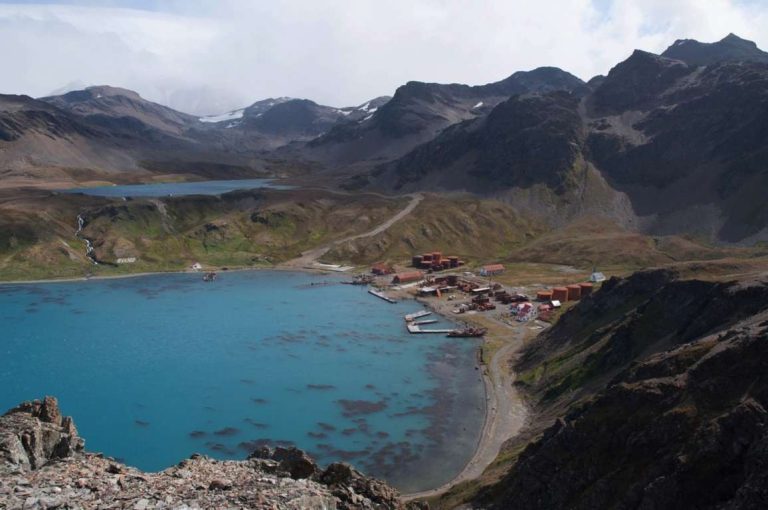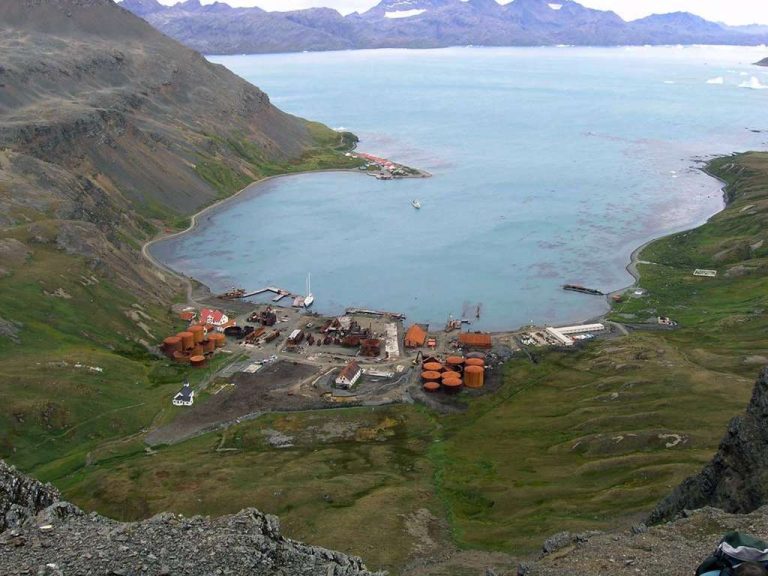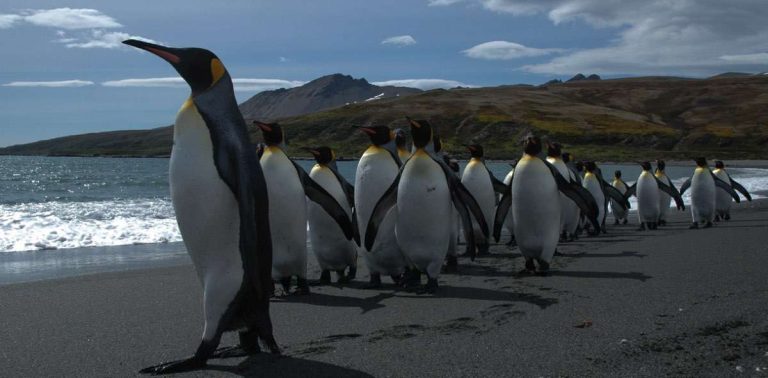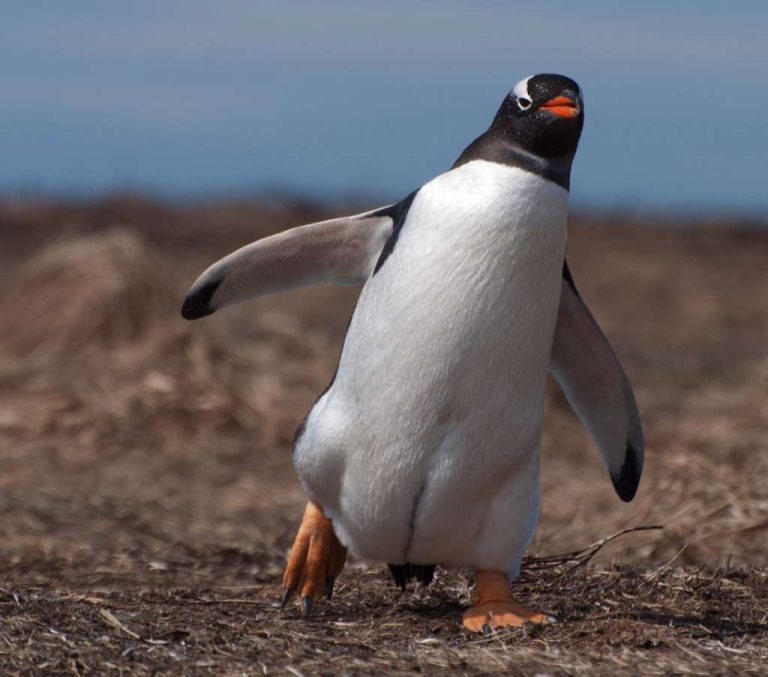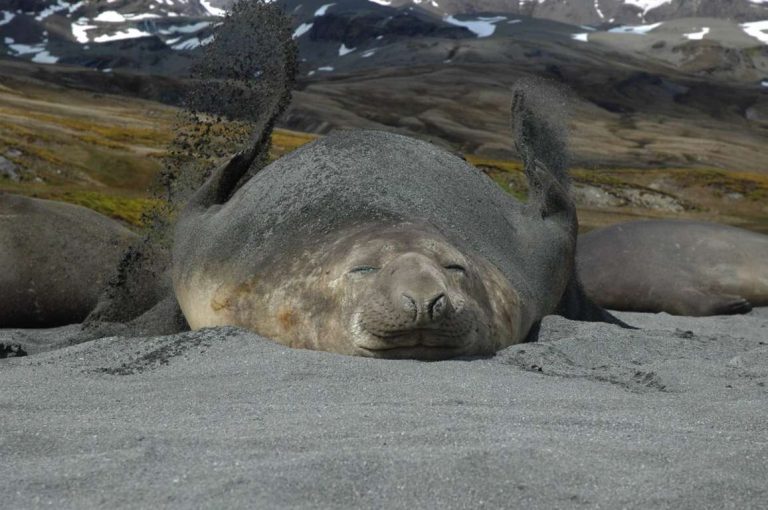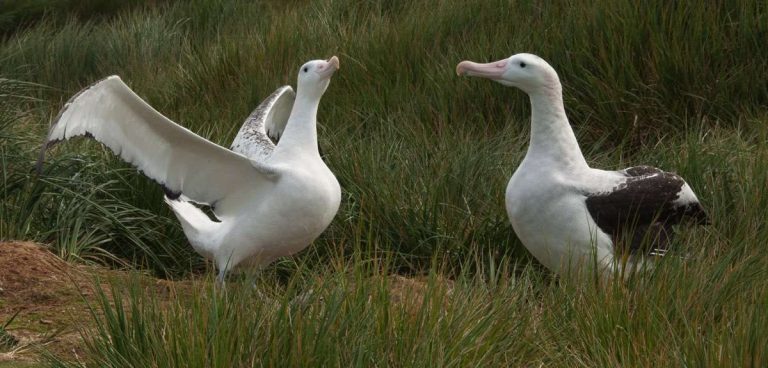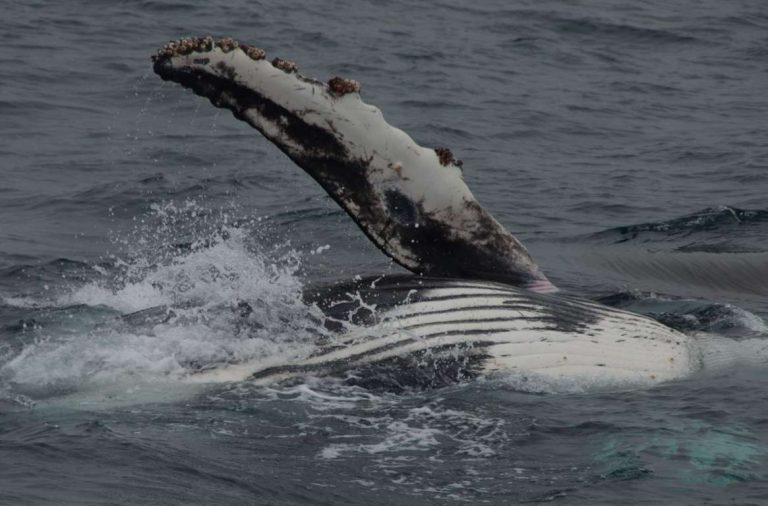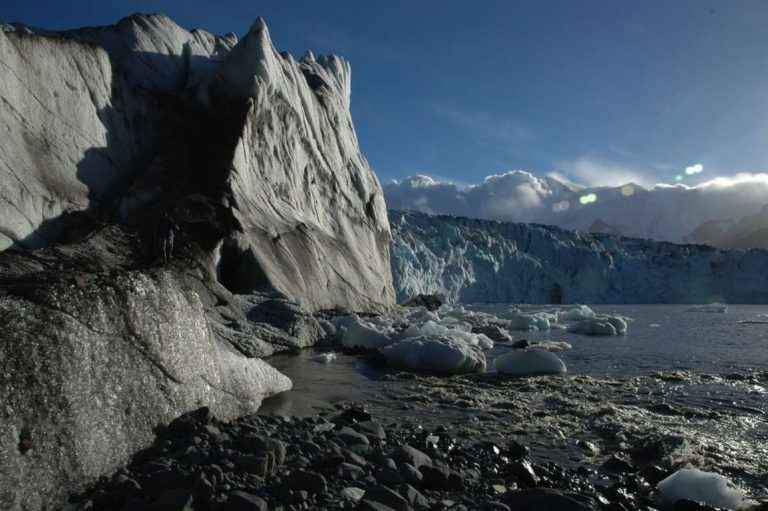South Georgia: A Paradise of Untouched Nature
South Georgia, a remote archipelago located in the South Atlantic Ocean, is one of the most fascinating and pristine destinations on the planet.
Situated about 1,400 kilometers east of the Argentine Patagonia coast and part of the British Overseas Territory of South Georgia and the South Sandwich Islands, this region is considered one of the most sought-after and authentic destinations for those embarking on an Antarctic expedition cruise and exploring the surrounding areas.
Grytviken
Grytviken
Covering an overall area of approximately 3,800 square kilometers, South Georgia consists of a main island about 170 kilometers long, along with numerous smaller islands. Its topography is dominated by imposing mountain ranges, including Mount Paget, which, at 2,935 meters, is the highest peak of the archipelago and one of the tallest points within the British Overseas Territories. The terrain features steep slopes, glacial valleys, and glaciers extending from the mountain core to the coastline, creating a landscape of extraordinary beauty and drama.
The archipelago lies within a subpolar climate zone, characterized by variable and often harsh weather conditions. The persistent strong winds, frequent precipitation, and temperatures generally ranging between 0 and 10 degrees Celsius make the environment challenging yet serve to protect the ecosystem from excessive human impact. Its geographic position and relative inaccessibility have helped preserve a unique biodiversity and a natural habitat of great scientific value.
Historically, South Georgia was a crucial hub for polar expeditions and for whaling and sealing industries. Discovered in 1775 by explorer James Cook, the island quickly became an important center for whaling and elephant seal hunting, activities that continued until the mid-20th century. Today, remnants of this era remain visible in the ruins of whaling stations, with Grytviken standing out as the most significant site.
Grytviken, located on the northwest coast, is an abandoned but well-maintained village that houses a museum dedicated to the history of whaling and Antarctic exploration. It is also home to the grave of Sir Ernest Shackleton, the famed British explorer, whose body was laid to rest on the island following the tragic 1915 Endurance expedition. Guided tours of the village allow visitors to immerse themselves in the adventurous history of these extreme lands, combining cultural insights with the allure of the surrounding natural environment.
King-penguins
Gentoo penguin
One of the elements that makes South Georgia an unmissable destination for expedition cruises is undoubtedly its incredible biodiversity. The island serves as a true sanctuary for numerous animal species, many of which are rare or endangered, finding here an ideal environment for breeding and survival. Penguin colonies are among the main wildlife attractions. South Georgia hosts some of the largest penguin concentrations in the world, including king penguins, macaroni penguins, chinstrap penguins, and gentoo penguins. These birds, with their massive presence, provide spectacular natural displays of both visual and scientific significance. It is possible to observe hundreds of thousands of individuals gathering on beaches and rocky areas, engaging in courtship rituals and raising their chicks in an environment that, despite the harsh climate, offers safety and abundant food.
Alongside the penguins, marine wildlife is equally rich. The island’s beaches are frequented by colonies of elephant seals, whose impressive size and dramatic behavior fascinate visitors. Leopard seals can also be encountered—aggressive predators that move with agility both in the water and on land. The archipelago is also one of the primary breeding grounds for albatrosses, iconic seabirds symbolizing the wild life of the Southern Oceans. Some species, such as the wandering albatross and the black-browed albatross, are closely monitored by scientists due to their ecological importance and conservation needs.
In the nutrient-rich surrounding seas, thanks to ocean currents, humpback whales and orcas regularly migrate during the summer season to these relatively warmer waters to feed and care for their young. Sightings of these cetaceans are a highlight of expedition cruises, which often include dedicated sessions for wildlife observation and nature photography.
Seals
Albatros
Whales
Expedition cruises that include South Georgia in their itinerary are designed to offer a full immersion into the island’s natural and historical wonders. Sailing among glacial fjords and sheltered bays grants access to points of interest otherwise unreachable by land, thanks to small Zodiac boats or kayaks used for excursions. Guided visits focus on major wildlife colonies, such as St. Andrews Bay, where visitors can observe up close large concentrations of king penguins and elephant seals. Here, nature reveals its full force, with animals moving freely in an almost untouched setting.
Another classic stop is Salisbury Plain, a famous beach known for its enormous penguin colonies and the chance to witness natural interactions between different animal species. Excursions often include walks in small groups led by expert naturalists who provide detailed explanations about local ecosystems and environmental dynamics. History enthusiasts can visit Grytviken and attend lectures or presentations on the lives of whalers, polar explorers, and current environmental challenges facing the region.
Nordenskjold Glacier
South Georgia also serves as a natural laboratory of global importance for scientific research. Its unique features, from biodiversity to climatic dynamics, offer valuable data for studying polar ecosystems and understanding the impacts of climate change. British authorities, together with numerous international organizations, manage the area under strict environmental protection regulations aimed at preserving the territory’s integrity and minimizing the impact of tourism. Expedition cruises are subject to stringent rules that limit visitor numbers and enforce specific protocols for landings, ensuring the environment’s fragility is respected.
South Georgia stands out as one of the most spectacular and authentic destinations for Antarctic expedition cruises. With its breathtaking landscapes, incredibly diverse wildlife, rich history of adventure, and untamed nature, the archipelago offers a unique experience that can move even the most seasoned travelers.
Don’t miss news, updates, and reviews about the world of cruises on Cruising Journal, with photos, videos, and cruise deals.

